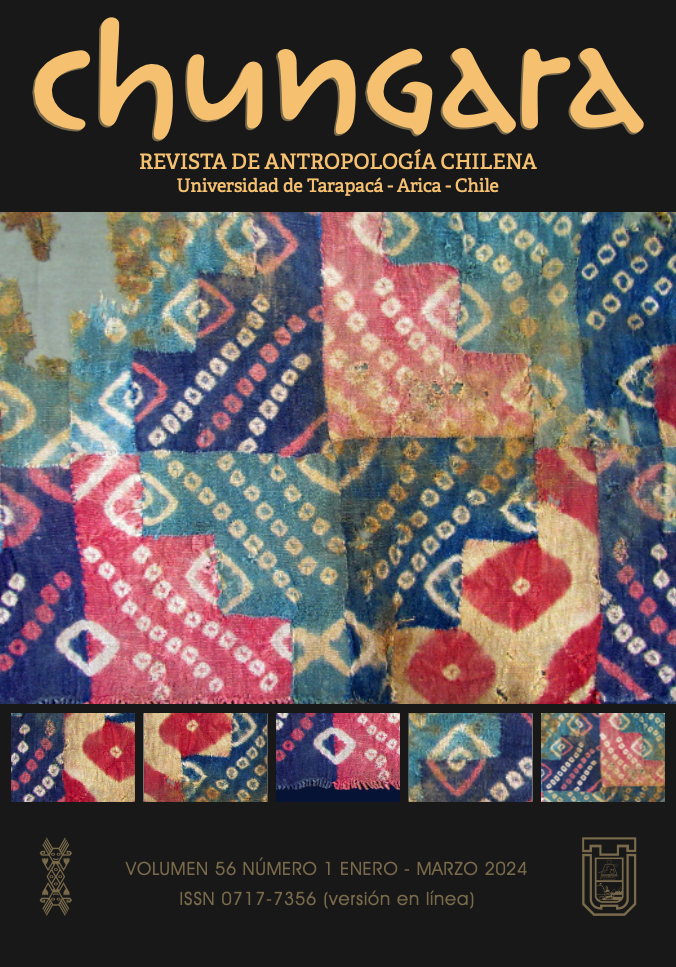PROJECTILES AND INTENSIFICATION PROCESSES: AN APPROACH FROM BOYO PASO 2 CA. 1500-750 BP (SIERRAS DE CÓRDOBA, ARGENTINA)
PROYECTILES Y PROCESOS DE INTENSIFICACIÓN: UNA APROXIMACIÓN DESDE BOYO PASO 2, CA. 1500-750 AP (SIERRAS DE CÓRDOBA, ARGENTINA)
Matías E. Medina, Imanol Balena and Diego E. Rivero
This paper presents the techno-typological analysis carried out on the projectile points of Boyo Paso 2 (1500-750 year BP, Sierras of Córdoba, Argentina), in order to assess how the dynamic of the late prehispanic sociocultural process influenced the design of hunting weapons. Projectile points were described in techno-typological terms, classified in typological subgroups and functionally assigned to arrow or dart point. The subgroup of tiny arrowpoints with short triangular-shaped blade, con- tracted stems and barbed shoulders dominates the assemblage. All of them were made of opal and chalcedony, a high quality rock for tool knapping. Moreover, a subgroup of quartz unstemmed with a triangular-shaped blade and concave base dar- tpoints as well as another subgroup of bone arrowpoints with triangular-shaped blade, straight stems and barbed shoulders were also recognized. The diversity of projectile point-types and hafting methods identified in Boyo Paso 2, along with the extensive use of the bow, the selection of high-quality lithic raw material and the incorporation of bone-tipped projectiles, led to interpret that hunting was not a complementary subsistence activity. Instead, it was integrated in a mixed foraging and cultivation economy where flexibility was one of its defining traits.
Tags: período Prehispánico Tardío, Sierras de Córdoba, puntas de proyectil, sistemas de armas, amplitud del nicho económico







